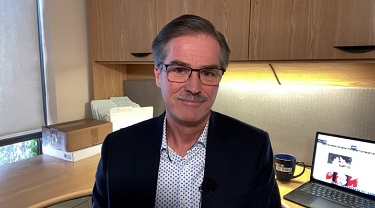Have you just about had it with pandemic-related economic disruption? Join the club—and get ready for more. This week’s much-anticipated monetary policy announcements by the Bank of Canada and the U.S. Federal Reserve Board were preceded by a large market wobble, and will likely be followed by more. The mega-shift in monetary stance should ideally be hailed as a key sign of a widely-desired return to normal. Instead, it seems it’s adding to the tempest. How did good news turn into bad?
This leads to another question: Is inflation good or bad? Most people would say bad, and they’d be right. Inflation distorts decision-making, erodes the value of currency, feeds on itself and at the limit, destroys an economy’s financial system. But prominent market-watchers have challenged the accepted view, suggesting that in the current context, a little inflation isn’t a bad thing. What do they mean? Simply put, the economy is actually growing again at a healthy pace. Demand is pushing the limits on capacity, something we’ve all wanted to see since the onset of the pandemic. So, why then is the market losing its cool?
It’s all happening sooner than expected. In other words: We’re suffering for our own success. With each wave of bad news, the coronavirus swamped us, dashing hopes repeatedly in a way that has coloured our collective view of everything. Most perceived that the economy wouldn’t come back this quickly, that there wasn’t enough fundamental support for a growth surge. This was critically wrong: Business was caught unprepared, central banks were behind the curve and key global policymakers are still priming a fiscal fuel injector that’s flooding the engine, which adds to the supply chain, labour and pricing turbulence.
But there’s more. Elements of monetary policy are still experimental. We had a first crack at the effects of quantitative easing (QE) in the years following the 2009 global financial crisis. It seems to be playing out in much the same way now: The extra liquidity from QE keeps the financial system upright, but really has nowhere else to go. In a downturn, neither businesses or consumers want to borrow—quite the opposite, both go into cash-conservation mode. The question is, where does all that liquidity end up? The jury is still out, but there’s more than one reason to believe that it distorts asset pricing. If so, that means when the tap gets turned off and the plug is removed, financial markets, especially equities, go into a tailspin, which is kind of what we’re seeing now.







